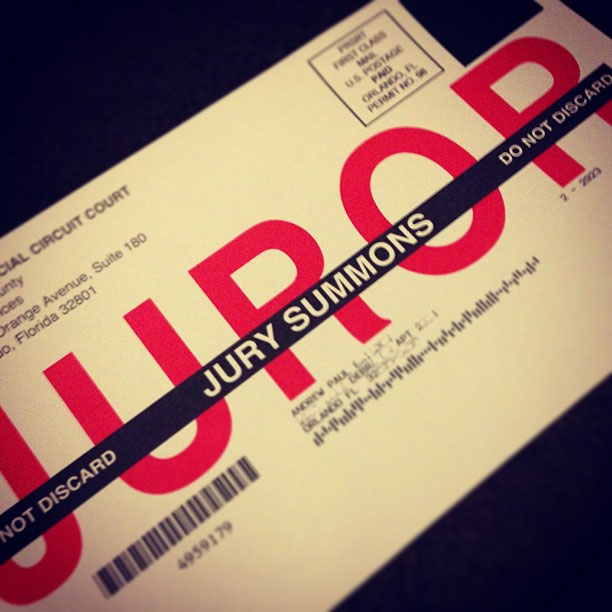
March 10, 2017; National Public Radio
Last week, the U.S. Supreme Court made a significant decision: When there is evidence of overt racial bias on a jury, it is permissible to question jurors about whether racially biased statements were made that might have influenced the deliberations. If the jury is found to be racially biased, a retrial is in order.
The decision came in the case of a horse trainer, Miguel Peña-Rodriguez, a Colorado horse trainer who was arrested in 2007 after two teenage girls identified him as the man who groped them in a darkened restroom at a horse barn.
Peña-Rodriguez’s jurors were initially unable to reach a verdict, but the Colorado judge sent them back into the deliberation room until they could reach a decision. After a 12-hour screaming match that could reportedly be heard out in the courtroom, they found him guilty of two misdemeanors but innocent of the felony charge.
According to National Public Radio,
With the trial judge’s permission, the lawyers…obtained affidavits in which the two jurors quoted H.C. as saying that, from his experience as an ex-law enforcement officer, he suspected the defendant was guilty because Mexican men “believe[d] they could do whatever they wanted with women,” and that where he used to patrol, “nine times out of ten Mexican men were guilty of being aggressive toward women and young girls.”
The affidavits also quoted H.C. as saying that the alibi witness wasn’t credible because, among other things, he was “an illegal.” In fact, the alibi witness had testified at trial that he was a legal resident of the United States.
The Supreme Court ruled that the case must be retried with a new jury to fulfill the intent of the Sixth and Fourteenth Amendments, which demand a fair trial by jury.
This issue has come before the court before. According to the New York Times, Justice Sandra Day O’Conner opined in 1987 that “After-the-fact challenges based on jurors’ testimony…would make it less likely that jurors would speak candidly during deliberations. Allowing such challenges would encourage lawyers to harass former jurors, she said, and undermine the finality of verdicts.”
Sign up for our free newsletters
Subscribe to NPQ's newsletters to have our top stories delivered directly to your inbox.
By signing up, you agree to our privacy policy and terms of use, and to receive messages from NPQ and our partners.
The dissent by Justices Samuel Alito, Clarence Thomas, and Chief Justice John Roberts Jr. expressed concern that the precedent would be abused and jury deliberations, which are traditionally secret even long after the fact, would be subject to lawyers’ interrogations and a wider array of perceived biases in the future.
However, Justice Anthony Kennedy, writing for the majority, indicated a narrow scope of justification for inquiry.
Not every offhand comment indicating racial bias or hostility will justify an investigation into jurors’ deliberations…For the inquiry to proceed, there must be a showing that one or more jurors made statements exhibiting overt racial bias that cast serious doubt on the fairness and impartiality of the jury’s deliberations and resulting verdict.
Racial bias has been shown to have a statistically significant impact on jury outcomes for African Americans, Hispanic or Latino Americans, and other minorities. It can also have an impact on trial outcomes for white defendants in racially motivated crimes.
Said NPR, “Kennedy noted that in the years 1865 and 1866, all-white juries in Texas heard a total of 500 prosecutions of white defendants for killing African-Americans. In all 500 cases, the white defendants were acquitted.”
The full impact of this decision is not yet clear. Justice Kennedy was vague in his prescriptions for addressing the issue; he did not outline a procedure for inquiry, or state a threshold for determining bias.
Ryan J. Owens, a professor of political science at the University of Wisconsin-Madison, wrote:
It will take time to determine just how expansive the court’s decision is. In the hands of some judges, it is likely to be narrow. In the hands of others, it is likely to be broad. One thing that seems quite clear, though, is this: the circuits will split over how to interpret and apply the court’s decision. And so the court will revisit the issue in the future. [Friday’s] decision was just the beginning of a new Sixth Amendment jurisprudence.
In other words, there is continued need for legal community to stand up against racism in courtrooms and defend the right to a fair trial. Still, Friday’s decision opened the possibility of self-interrogation by the courts, and got one step closer to justice for all.— Erin Rubin













